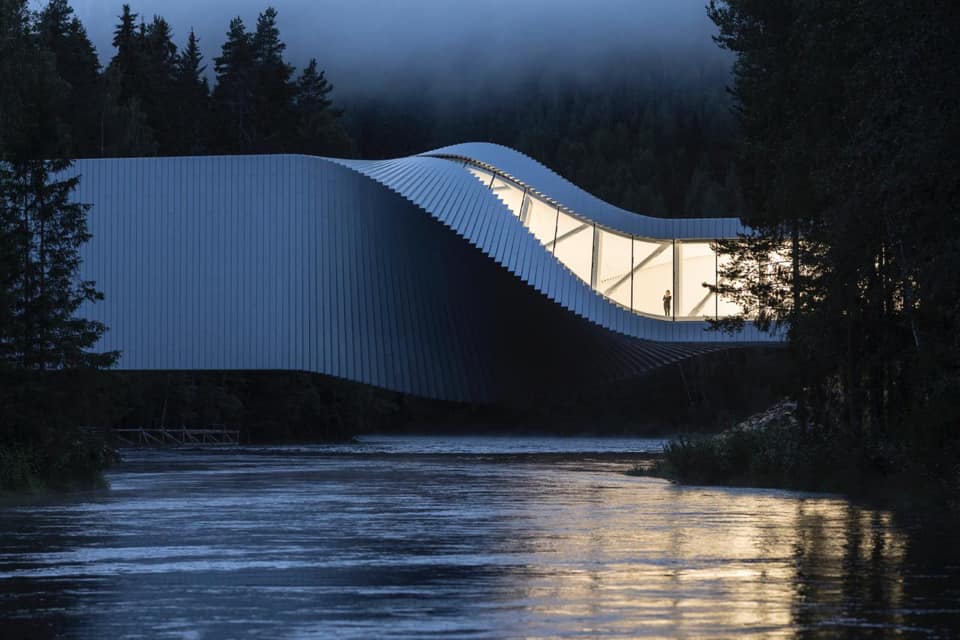In spite of being notorious for its weather, Oslo is making an easy way into the list of favourite cities.
It is truly one of the European capitals where love for innovation, art and environment is at the forefront of daily life.
The district of Aker Brygge, which used to be a home of the Norwegian wharfs, is now one of the city’s cultural centres. It is here that one can discover examples of the latest architectural trends, with Astrup Fearnley Museum of Modern Art (https://www.afmuseet.no/), being the main attraction. Iconic monumental works of Louise Bourgeois, Antony Gormley, Anish Kapoor, Franz West and Paul McCarthy are exhibited here on the beautiful coastline.
Located near the capital, the Hadeland district, is also famous among the modern art lovers. Here one can find some of the most talked about artists, who are exhibited across the globe by leading international players – Yayoi Kusama, Tony Cragg, Marc Quinn and Fernando Botero.
To add to the attractions, the Kistefos museum (https://www.kistefosmuseum.com/) with “The Twist” exhibition center is a phenomenon on its own. Designed by the Danish architects BIG (Bjarke Inglis Group), it became a sensation long before opening. The space is constructed in a shape that resembles a bridge that is 60 meters tall and is raised over the Randselven river, which is seen from the “Panorama” gallery inside. “The Twist” is spectacular, it blends with the surrounding and becomes one with the peaceful Norwegian nature, where the human presence is greatly humble.
The forest with its scattered art belongs to Christen Sveaas, who in 2019 has launched the exhibition of Yayoi Kusama – one of the most celebrated and distinctive artists of our time. It became the largest exhibition that the artist has created in Scandinavia and she took her inspiration from the surrounding nature.
As Sveaas says on his philosophy:’Everything I commission must be site-specific. I want the artist to be triggered by the picturesque landscape and its history. Every piece has to have some sense of uniqueness’.
It is in the Nordics where we see some of the best examples of “collaboration” between humans, nature and art.
With the current movement away from active urbanisation and towards more sustainable community, are we to see more of such projects?









